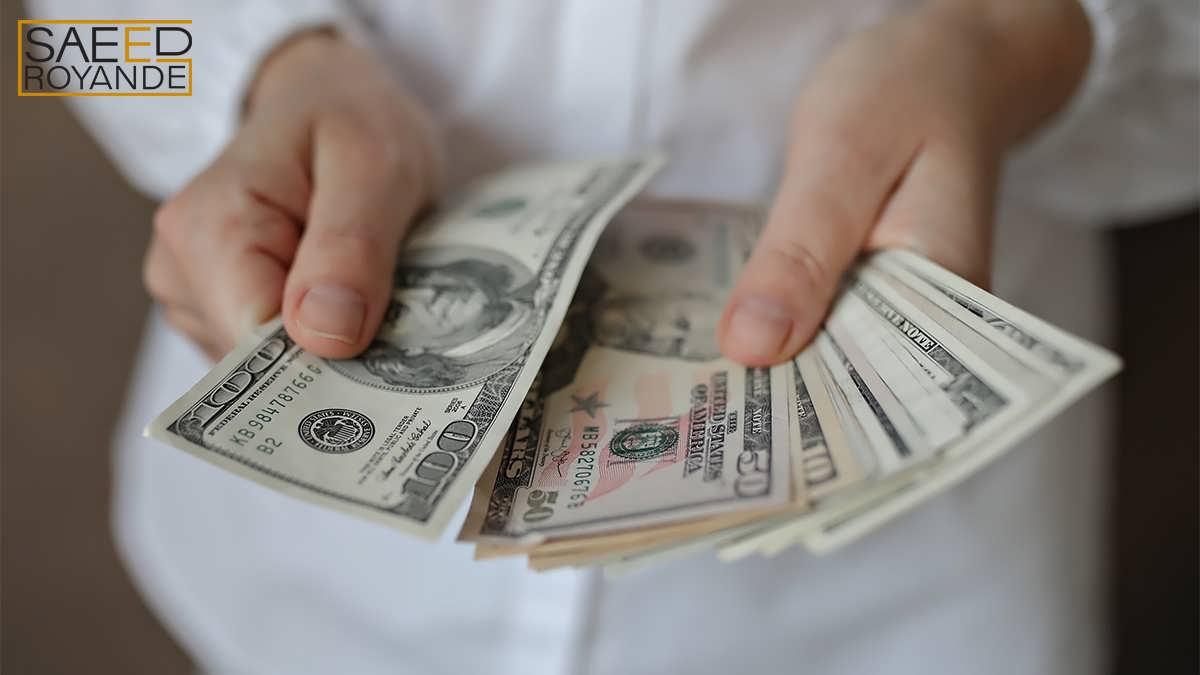Money is one of civilization’s first and most crucial creations and is critical to the growth of trade and market. Without money, there will be only trade, a partnership between two people who each have what the other desires, which is called a uniform trade. For example, a uniform trade would entail exchanging a bag of rice for a bag of beans. The lack of a consistent exchange rate was one of the fundamental drawbacks of the first trade system; if the parties cannot agree on the value of the products or services being traded, or if the person in need of the goods or services does not have what they require, they won’t agree on a deal. So, humans devised commodity money as a solution to this problem. Money acts as a middleman, allowing the seller to decide when and where he wants to buy.
The invention of the coin
While the usage of metal for money dates back to Babylon around 2000 BC, standard and verified coins are unlikely to have existed until the seventh century BC. Historians believe that the kingdom of Lydia issued the first coins around this time. They were constructed of electrum, a combination of gold and silver, and appeared during the reign of King Aliats (c. 610 – c. 560 BC).

Gold coins
The invention of gold as money
Gold coins were initially manufactured about 700 BC, and the precious metal has been used as the principal medium of exchange ever since. Gold was an excellent means of exchange since it was scarce and highly valuable, regardless of what was exchanged. Over the course of 2600 years, gold has been converted into money.
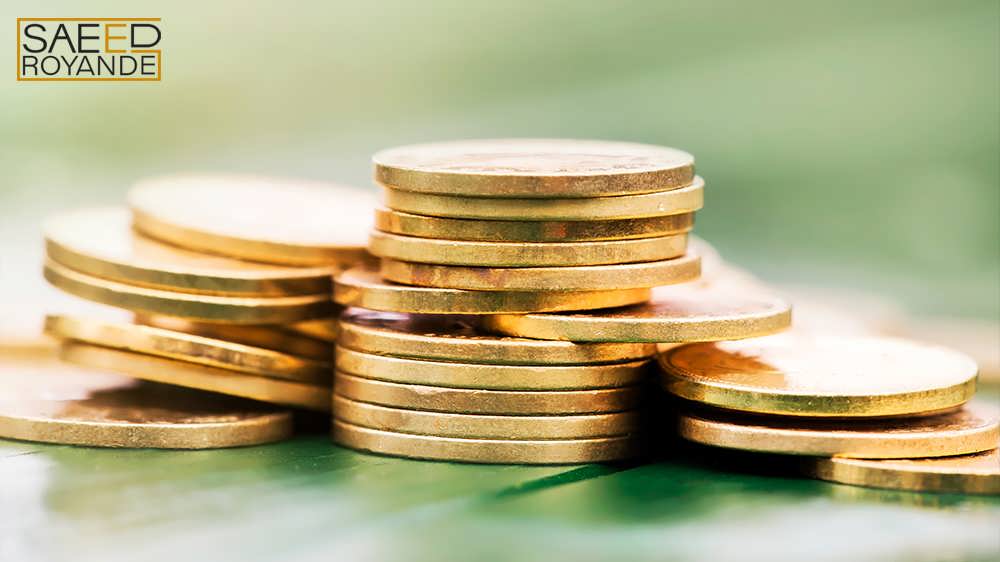
Save money gold coins
Gold standard
The gold standard is a currency measurement system that determines the worth of money by using gold. This guarantees that the money may be traded for gold in a traditional gold system. The gold standard refers to a societal and monetary agreement that the currency people spend and earn is backed by gold.
The invention of Paper money
Paper money was first put to the test in China around 910 CE which astonished Marco Polo three centuries later. It took another century or two for paper money to spread throughout the rest of the world. It was around this time that china experienced a very advanced financial crisis: paper money manufacturing had increased to the point that its value had fallen, and inflation had increased. As a result, China stopped using paper money in 1455 and didn’t use it again for hundreds of years.
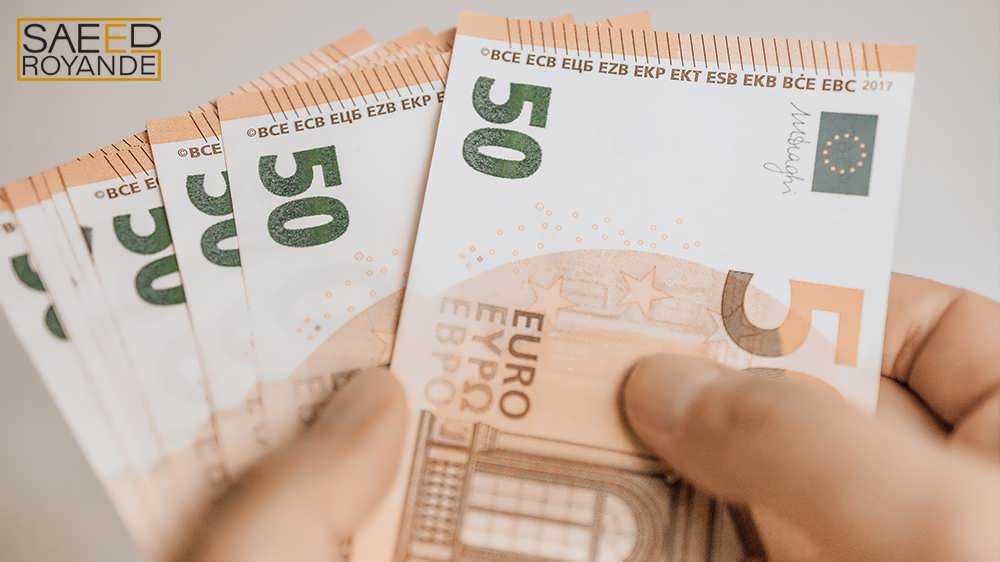
Woman hand with euro money
Fiat money
Government regulations designate fiat money as legal tender, despite the fact that it has no intrinsic value. Historically, currencies were backed by tangible commodities like silver and gold, but the exporting government’s credit supports fiat money. Fiat money was presented as an alternative to commodity money, and its value is determined by supply and demand. Commodity money is made of precious metals like gold and silver, whereas representational or fiat money claims a redeemed commodity. Unlike conventional commodity-backed currencies, Fiat currency cannot be converted or redeemed. It has no intrinsic value and is only utilized by government order. The invention of fiat currency was the main reason that trade and marketing became a science. Financial education and investment became a university degree in which people try to improve their trading skills and understanding of the market. However, to be successful, a fiat currency must be protected from counterfeiting, and the money supply must be appropriately managed.
Using credit cards instead of money
While credit has existed since the dawn of time, it was not until 1950 that the first global credit card was issued. The Diners Club was created by Americans Ralph Schneider and Frank McNamara in that year. We owe IBM credit for the magnetic stripe on credit cards, which was developed in the 1960s and used to store account information. Because of this tape, merchants no longer needed to call credit companies for licenses. Cards began to incorporate chips in the 1990s, giving additional security for encrypting data. Other adjustments are made to the account balance. Credit card customers had to pay the entire sum first at the end of the month. Although profits were gained, American Express eventually allowed consumers to have their own inventories, and other credit firms followed suit.
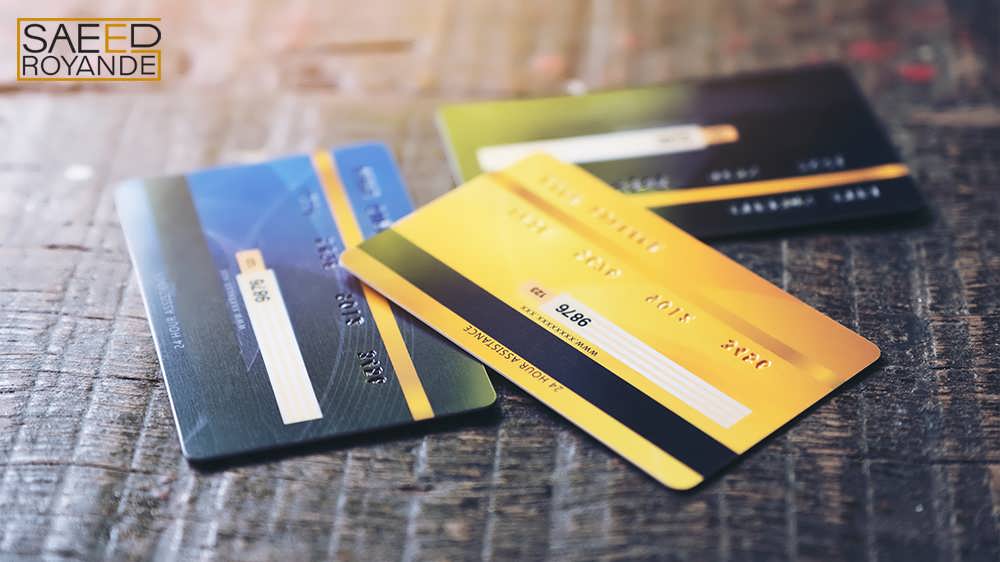
Several credit card on wooden table
Mobile payments
Mobile payments and virtual currency are two new forms of cash that have emerged in the 21st century. Money is exchanged for a product or service via a portable electronic device such as a mobile phone, smartphone, or tablet, known as mobile payments. At first, a small number of Coca-Cola vending machines allowed customers to make mobile purchases in 1997, marking the beginning of the mobile payment era. The customer texts a code to the vending machine to make a purchase, which activates the machine to dispense the product. Mobile payments have been in use ever since. It became more and more popular until recently when virtual currency emerged and bitcoin was introduced.

Mobile payment in market
Bitcoin, the digital money
Bitcoin is a digital asset that was created in 2009 and employed a peer-to-peer network to allow for the rapid transfer of value without the involvement of banks or central authority. There are no actual bitcoins in circulation because Bitcoin is digital money. Bitcoin is made by extraction, which is a process that creates bitcoins by validating transactions on the Bitcoin network. Miners are the people who perform this validation. Miners are now paid 6.25 bitcoins every 10 minutes, as well as the transaction fee for each transaction when they successfully approve a bundle of transactions. This number will reduce to 3.125 bitcoins after the halving in 2024. Miners adhere to a set of cryptographic rules that ensure the network’s stability, security, and privacy. Bitcoin transactions are recorded and verified on the blockchain, a universal digital ledger.
So far, almost 19 million bitcoins have been mined. By 2140, it is expected that there will be 21 million bitcoins, the maximum quantity allowed in the system. Bitcoin, the world’s first and largest digital money, has an enigmatic pseudonym: Satoshi Nakamoto. No one knows who he is. When Nakamoto published the white paper for digital currency, he also retrieved the initial blockchain of bitcoin. Bitcoin has been around ever since, and nobody could predict what the future holds regarding this ever-growing digital money.
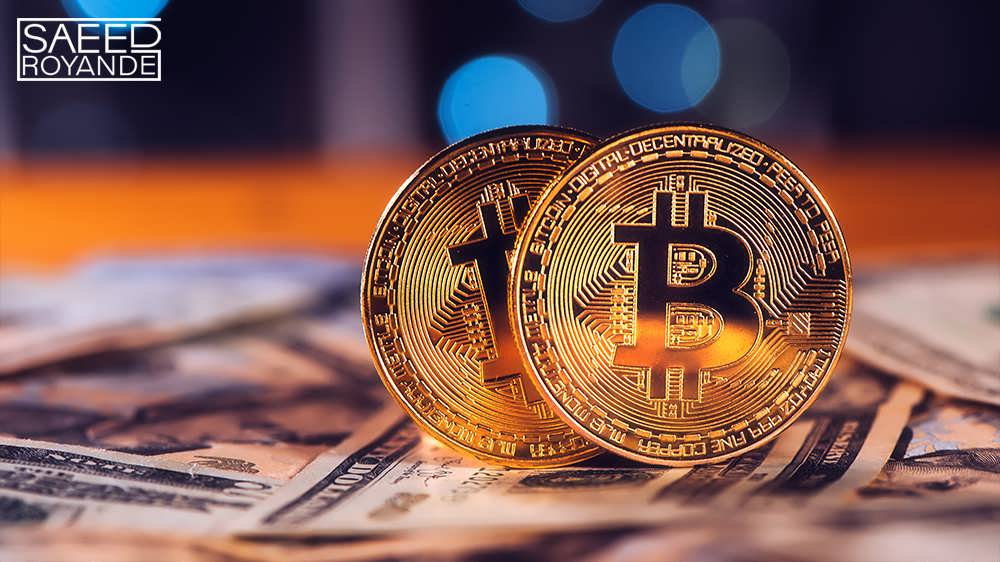
Bitcoins and dollars


